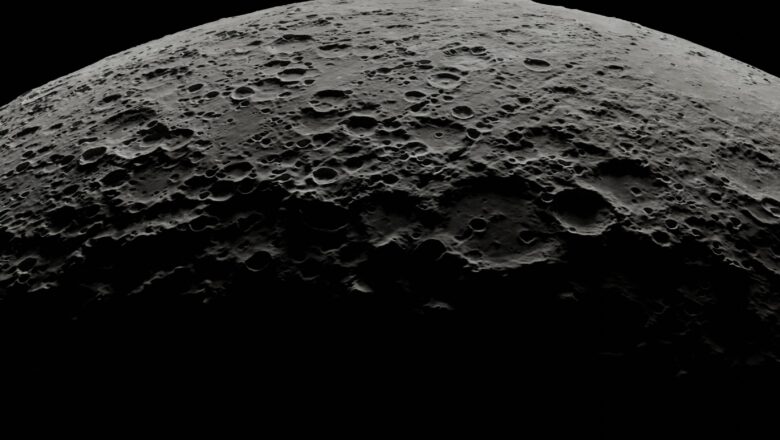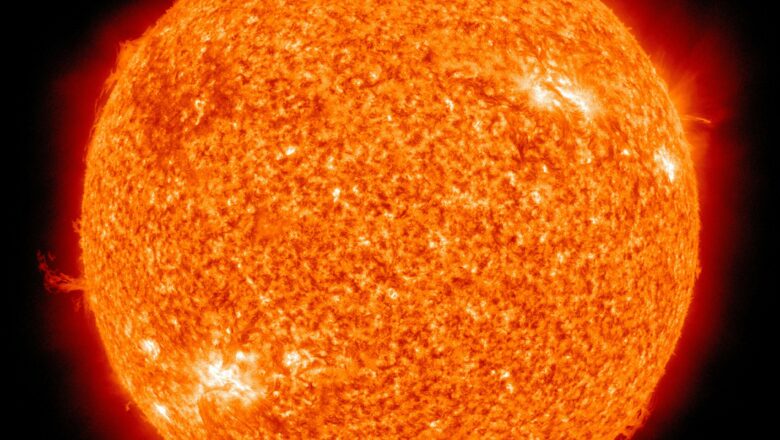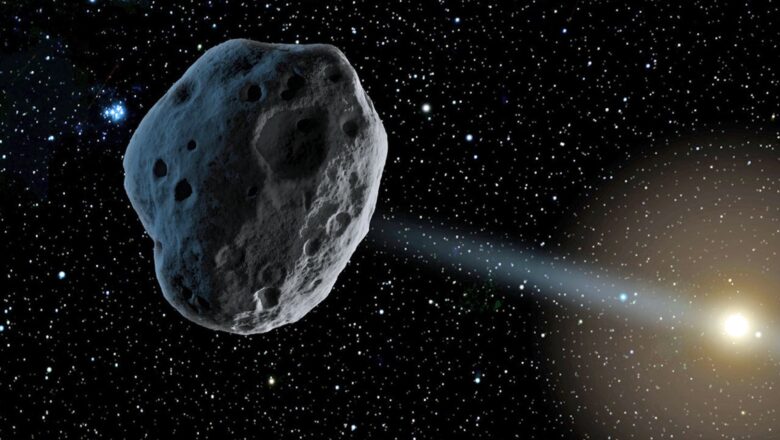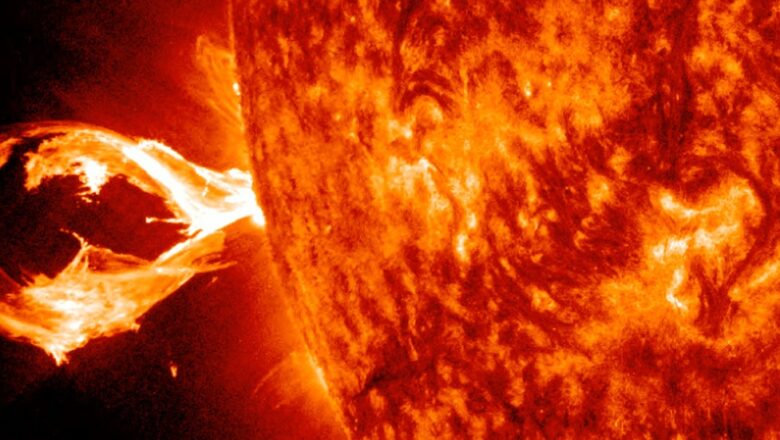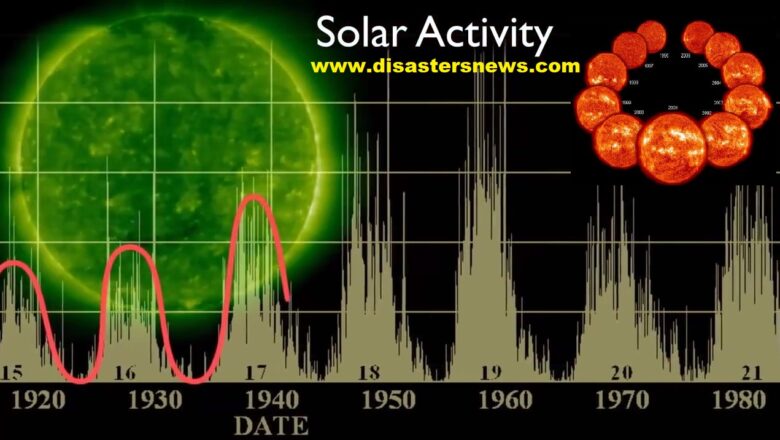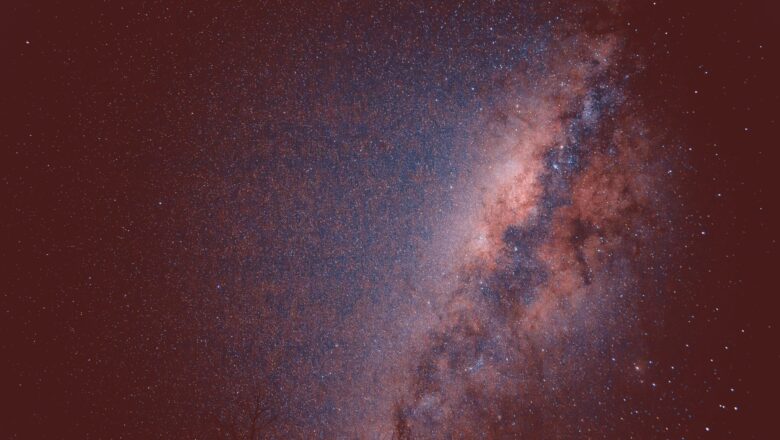
Discovery of ‘Red Monster’ Galaxies Challenges Understanding of Early Universe Formation
Astronomers have uncovered three colossal galaxies dubbed "red monsters" from the early Universe, defying existing models of galactic formation. Almost as large as the Milky Way, these galaxies were discovered using the James Webb Space Telescope (JWST) and are believed to have formed during the Cosmic Dawn, within the first billion years after the Big Bang.
Galactic Giants in the Cosmic Dawn
The findings have raised significant questions about how galaxies could have grown so rapidly in the nascent stages of the Universe. “This is akin to finding a toddler weighing 100 kilograms,” remarked Ivo Labbé, an astronomer from Swinburne University of Technology. “JWST has now proven monsters do roam the early Universe.”
Conventional theories suggest galaxies form gradually, as dark matte...

